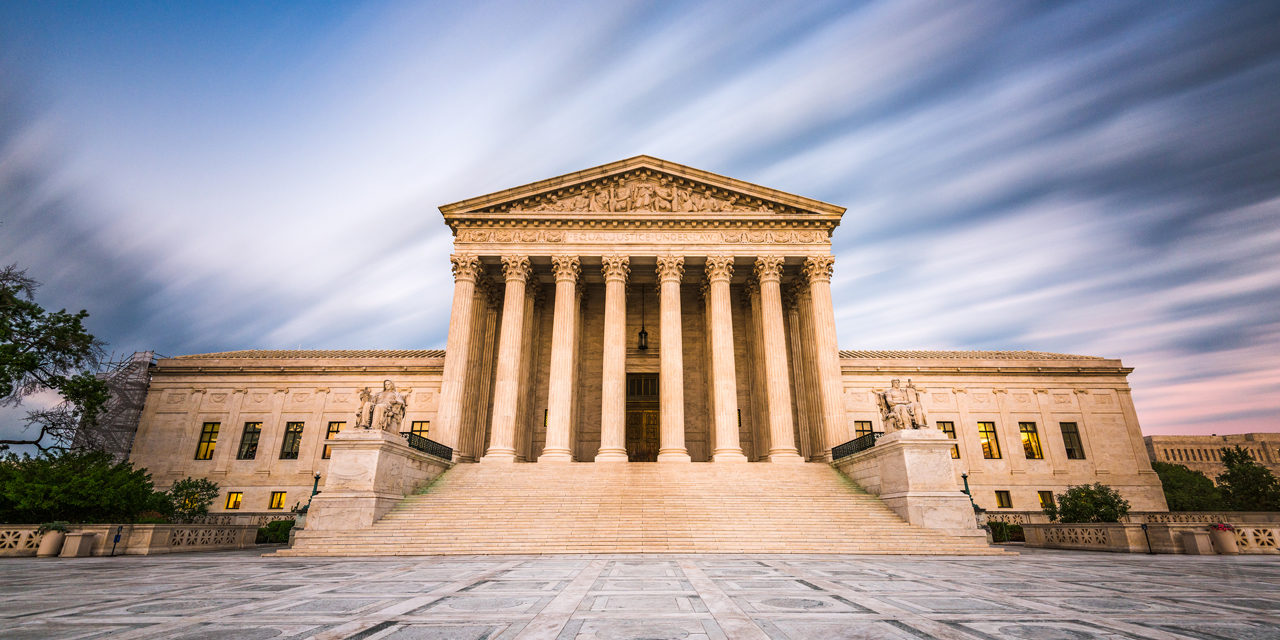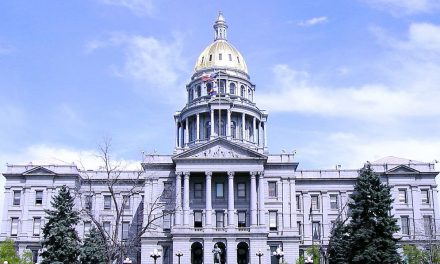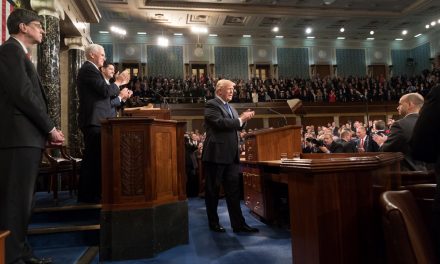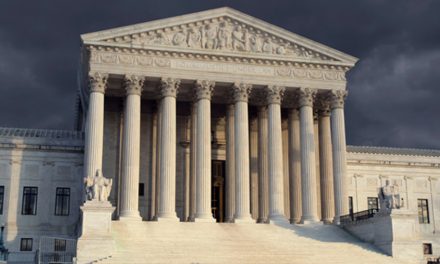Millions of Americans who watched the vice-presidential debate on Wednesday heard Vice President Mike Pence challenge Joe Biden’s running mate, Senator Kamala Harris, to explain whether she and Biden were in favor of court-packing, i.e., increasing the number of Supreme Court justices and appointing additional justices in January should they win in November. Pence never did get an answer, and finally asked the record to reflect that Harris had dodged the question.
Joe Biden, when asked the same question by reporters back in 2019, responded that he was opposed to court-packing. But when asked the same question at the first presidential debate on September 29, following the death of Justice Ruth Bader Ginsburg and President Donald Trump’s nomination of Judge Amy Coney Barrett to replace her, he responded, “I’m not going to answer that.”
And just today, Biden told reporters in Phoenix, Ariz., “You’ll know my opinion on court-packing when the election is over.”
Why is court-packing such a big deal all of a sudden?
The short answer is that the possible confirmation of Judge Barrett to the Supreme Court may significantly shift the court’s dominant judicial philosophy in a more constitutionalist direction, and liberals such as Congresswoman Alexandria Ocasio-Cortez, D-N.Y., have been blunt in their response: “We should leave all options on the table, including the number of justices that are on the Supreme Court,” she said a couple weeks ago.
Senate Minority Leader Charles Schumer, in response to questions about what Democrats would do should they find themselves in control of Congress and the White House in January, said, “Everything is on the table.”
Since the U.S. Constitution doesn’t specify the number of justices on the Supreme Court, Congress has arrived at various numbers over the last couple of centuries via legislation, beginning in 1789 with six justices. Over time, Congress increased the number to seven in 1807, nine in 1837 and 10 in 1863. In 1869, the last time the number of justices was modified, Congress fixed the court at nine members, with one serving as Chief Justice.
So, court-packing is possible – when Congress and the White House are controlled by the same political party – simply by using Congress to pass a law increasing the number of justices, which would then allow the current president to nominate and appoint them. And its use as a political weapon to change the outcome of Supreme Court decisions is not a new concept. It’s been tried before.
In 1937, after President Franklin Delano Roosevelt won reelection to a second term, he took on the Supreme Court, which had been striking down many of his New Deal programs as unconstitutional. FDR proposed legislation that would add an additional justice for every current one above the age of 70, up to a maximum of six. He hoped that with additional justices who he would be able to appoint, rulings on his programs might start going his way.
That blatantly political proposal was highly criticized at the time, and nothing was ever passed by Congress. However, after FDR raised the issue, one Supreme Court justice, Owen Roberts, suddenly began switching his votes in cases involving FDR’s programs, which was just enough to save them, constitutionally speaking. Dubbed the “switch in time that saved nine,” Roberts’ change of heart prevented the issue of court-packing from gaining any steam.
Will the subject of the courts, and the Supreme Court in particular, become the same major issue for voters that it was in 2016? We’ll learn the answer in a few more weeks.
Photo from Shutterstock
Visit our Election 2020 page






